sideblog of a future marine biology student year 1
Last active 60 minutes ago
Don't wanna be here? Send us removal request.
Text
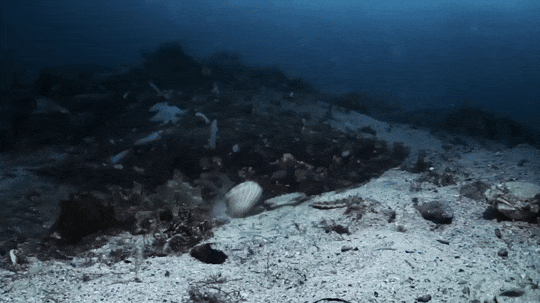
A scallop hits da bricks. Filmed in Norway. From The Norwegian Fjords: Life in the Twilights (2018).
51K notes
·
View notes
Text
Today’s slug is Notodoris gardineri, commonly known as Gardiner’s Banana Nudibranch. This one looks like a very, very bruised banana but others can look much more yellow.

Image source: https://www.inaturalist.org/observations/196017261
39 notes
·
View notes
Text
Round 3 - Actinopterygii - Osteoglossiformes
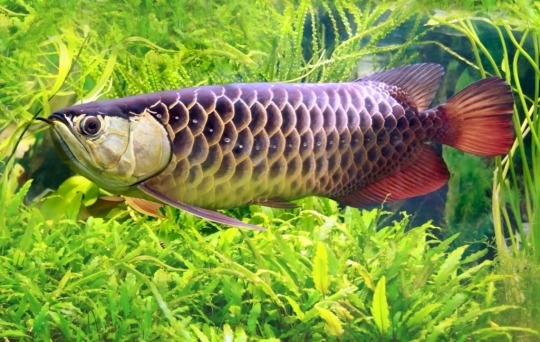
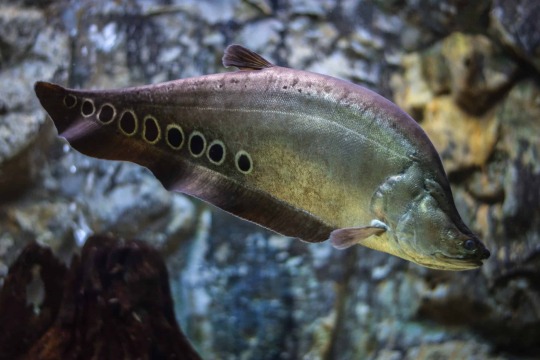


(Sources - 1, 2, 3, 4)
Order: Osteoglossiformes
Common Name: no common name for the whole order
Families: 6 - Pantodontidae (“Freshwater Butterflyfish”), Osteoglossidae (“bonytongues” and “arowanas”), Arapaimidae (“arapaimas”), Notopteridae (“featherback knifefishes”), Gymnarchidae (“African Knifefish”), and Mormyridae (freshwater elephantfish”)
Anatomy: elongated body; toothed or bony tongues; long or absent dorsal and anal fins positioned near the caudal fin; large swim bladder enables them to breathe at the surface of the water; most are adapted for surface feeding
Diet: arthropods, fish, snails, frogs, lizards, snakes, mice, bats, and small birds
Habitat/Range: slightly acidic freshwater in South America, Africa, Australia, and Southern Asia
Evolved in: Late Jurassic
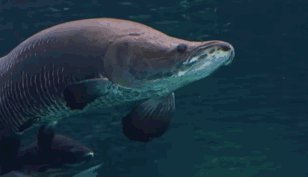
(source)
Propaganda under the cut:
Freshwater Butterflyfish (Pantodon buchholzi) (image 4) have very large pectoral fins. If enough speed is built up underwater, a butterflyfish can jump and glide a small distance above the surface to escape predators. It wiggles its pectoral fins as it glides, with the help of specialized, enlarged pectoral muscles.
Arowanas (genus Osteoglossum) can jump up to 2 m (6.6 ft) out of the water to pick their prey off of branches, tree trunks or foliage, which has earned them the local name "water monkeys". They are the largest fish in the world to catch most of their food out of water.
Male arowanas brood their young within their mouth, only fully releasing them when they are about 7 cm (2.8 in) long.
The endangered Asian Arowana (Scleropages formosus) (image 1) is also known as the “dragonfish”, due to its large metallic scales and long barbels giving it a resemblance to the Chinese dragon. The popularity of this beautiful, auspicious fish has had both positive and negative effects on their status as endangered species, as they are in high demand in the home aquarium trade. Legal pet Asian Arowanas must be bred in captivity on a fish farm for at least two generations, have a certificate of authenticity and a birth certificate, and an implanted microchip to identify the individual. There are over 150 CITES-registered Asian Arowana farms in Singapore, Malaysia, Indonesia, and other Southeast Asia countries, producing Asian Arowana for commercial purposes. But the actual number of Asian Arowana farms in the world could be much higher than that, probably over 350, the majority of them unregistered.
The Arapaima (Arapaima gigas) (see gif above) is the largest truly freshwater fish, commonly measuring 200 cm (6.6 ft) with records of up to 450 cm (15 ft). Adults may weigh up to 200 kg (440 lb).
Arapaima parents have been observed using their mouths to dig holes in the substrate to create a nest for their eggs. The males will remain by the nest to protect their offspring for three to six months.
Arapaima are becoming increasingly rare in their native habitat of the Amazon and Tocantins-Araguaia river basins, but are invasive in Bolivia and Indonesia after purposeful and accidental releases.
A 13-million-year-old fossil of an Arapaima (or very similar species) has been found in Colombia, in the Villavieja Formation, which dates from the Miocene epoch.
The African Arowana (Heterotis niloticus) (actually a relative of arapaimas rather than arowanas) is the only Osteoglossiform to feed extensively on plankton.
Native to freshwater habitats in Cambodia, China, Hong Kong, Laos, Macau, Thailand, and Vietnam, the Clown Featherback (Chitala ornata) (image 2) is considered one of the world’s most invasive species, as it often outgrows home aquariums and is then released into the “wild” outside its native range.
The Giant Featherback (Chitala lopis) was declared to be extinct in 2020, but a small surviving population was rediscovered on Java, Indonesia in 2023.
The African Knifefish (Gymnarchus niloticus) and freshwater elephantfishes (family Mormyridae) (image 3) are able to produce a steady but weak electric field, used for finding their prey, usually small invertebrates buried in muddy substrates.
The African Knifefish can swim equally well forwards or backwards, relying on its electric senses to “see” behind it.
Freshwater elephantfish are known to have a large brain size and unusually high intelligence.
The Medjed (likely a fish in the genus Mormyrus) was a kind of elephantfish sacred in the city Oxyrhynchus, in ancient Egyptian religion, as the fish that ate the penis of Osiris. Archaeologists have found fishes depicted as bronze figurines, mural paintings, or wooden coffins in the shape of fishes with downturned snouts, with horned sun-disc crowns like those of the goddess Hathor.
133 notes
·
View notes
Text
look at the copepod we looked at in lab today :)


he's dead but i love him
2 notes
·
View notes
Text







not marine creatures but a bug photodump!
The tiny world is so diverse.
1 note
·
View note
Text






im so excited to spend the rest of my life further exploring the ocean's shorelines!! All these little nudibranchs were found in West coast tidepools.
Some are Dorids, others are ancula and I think one is a flatworm!
2 notes
·
View notes
Text
as i got older i moved farther from the sea, farther from a place i once used as solace.
but ive entered a new stage of my life that has allowed me to return to the sea much more frequently and I've never been happier 💚
have an anenome photodump :) mainly of the sunburst species.









46 notes
·
View notes
Text

A robust clubhook squid (Onykia robusta) washed up at Dutch Harbour, Alaska, USA.
This approximately 10ft long specimen was photographed and then safely relocated back to the ocean, still alive.
by Andrew Bleiman
5K notes
·
View notes
Text





crustaceans photo dump from last summer featuring hermit crabs and kelp crabs
7 notes
·
View notes
Text






even after i moved out at 18, time and time again i return to the sea
(here we see the eccentric sanddollar, a fascinating echinoderm that has been harder and harder to spot along our coasts. Photographed are examples of what it looks like when ALIVE as well as dead.)
0 notes
Text
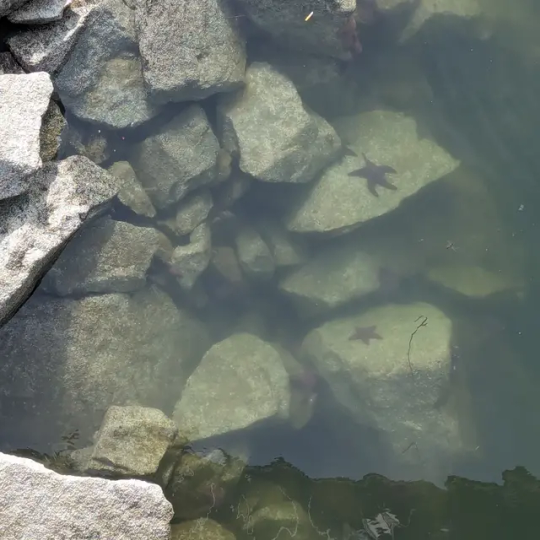
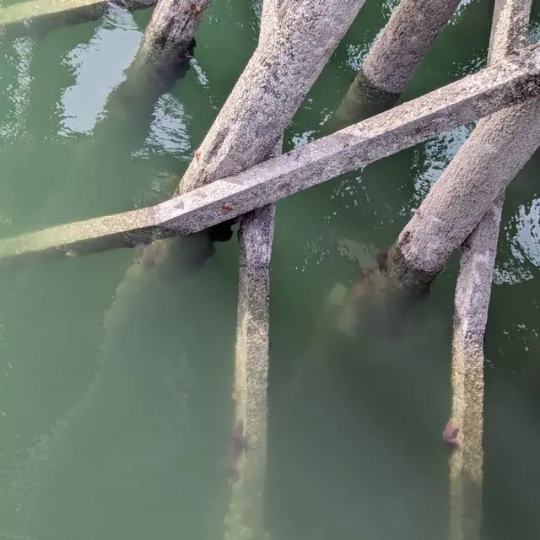

i grew up next to the ocean.
Not a pretty white sand beach with clear water to swim in or full of colorful fish.
it was murky and cold with a near hundred year old dock, and was abundant with rocks and tidepools.
i loved it more than anything.
5 notes
·
View notes
Text

let's eat biofilm with mama
2K notes
·
View notes

